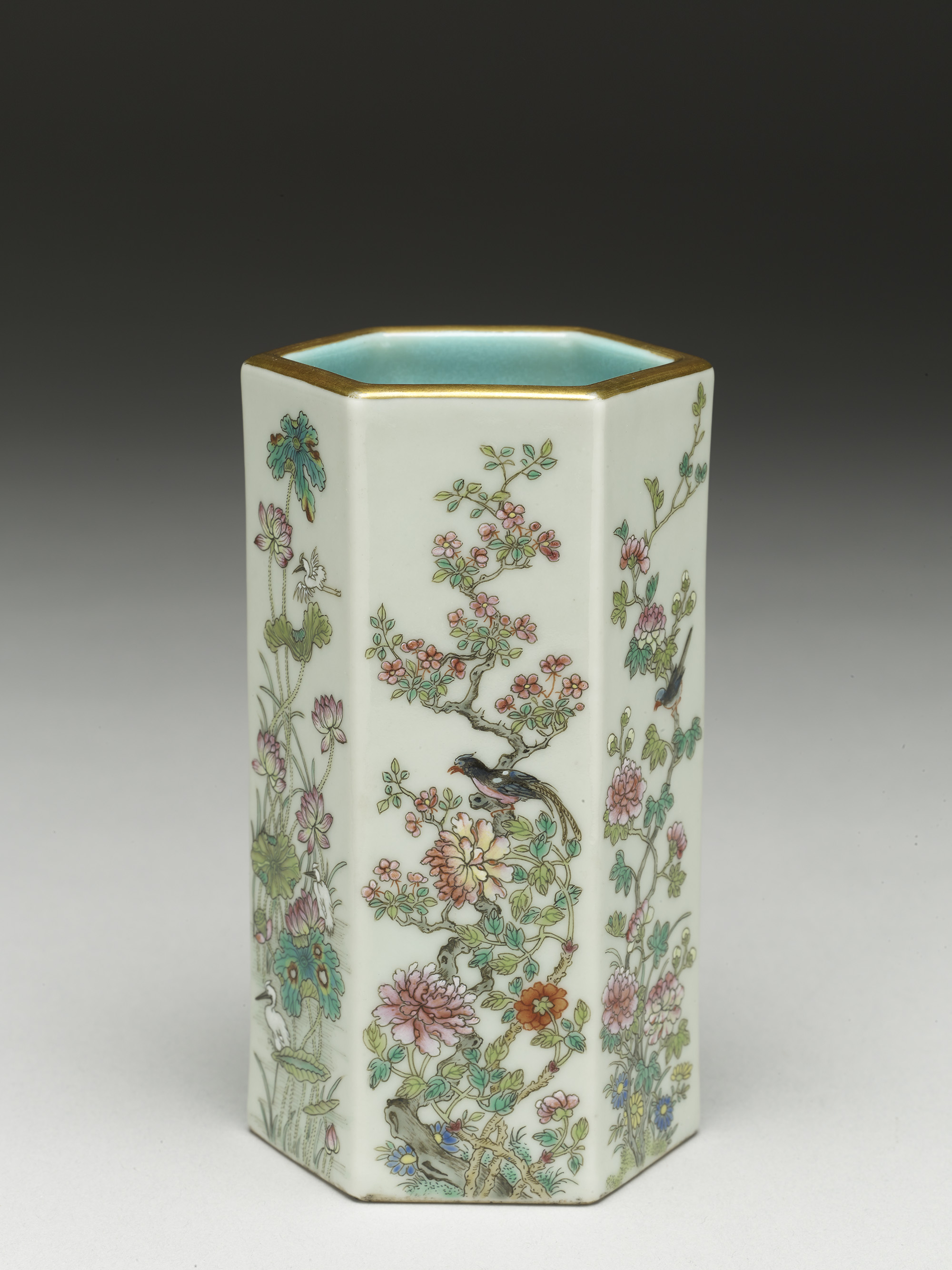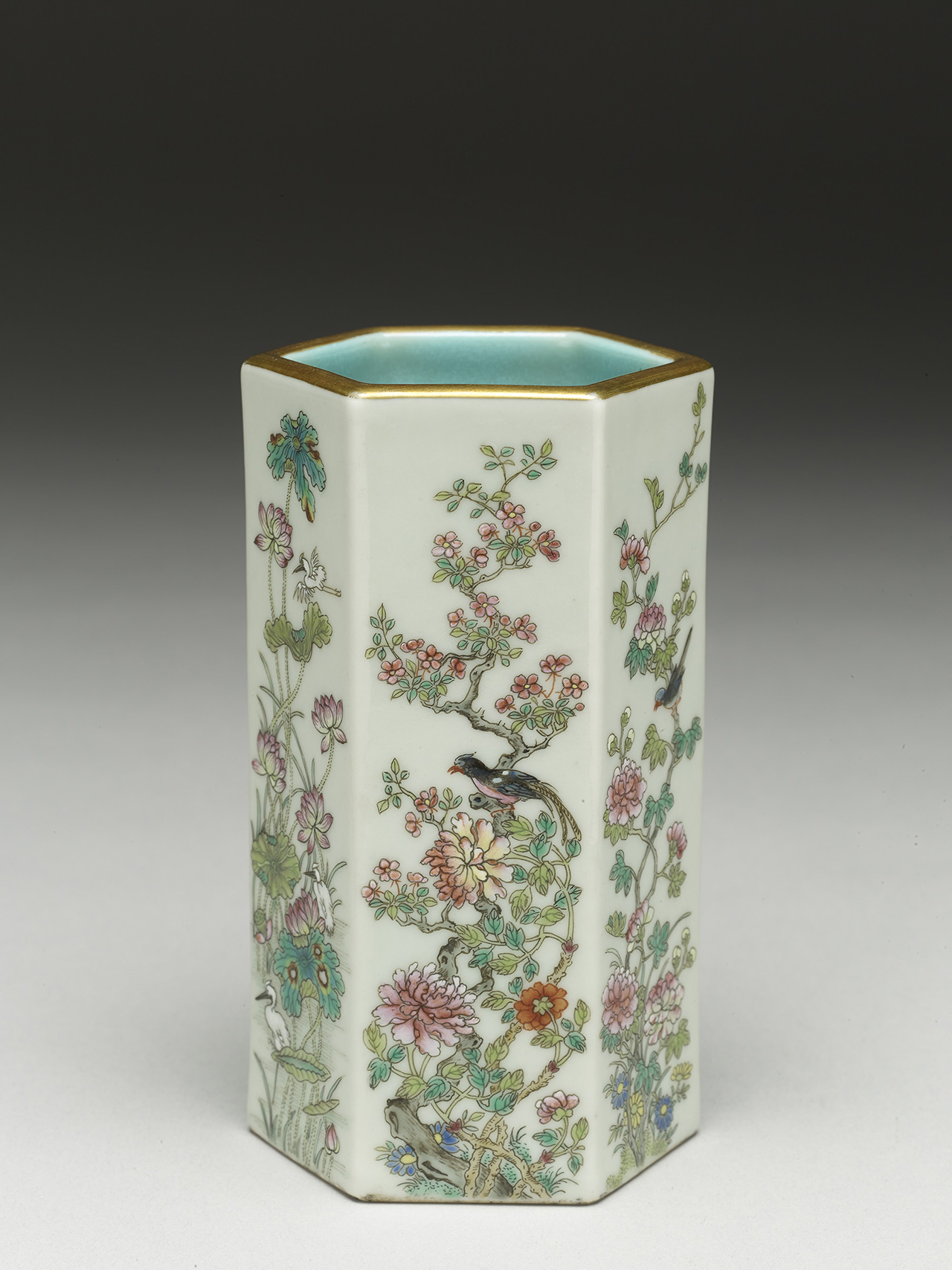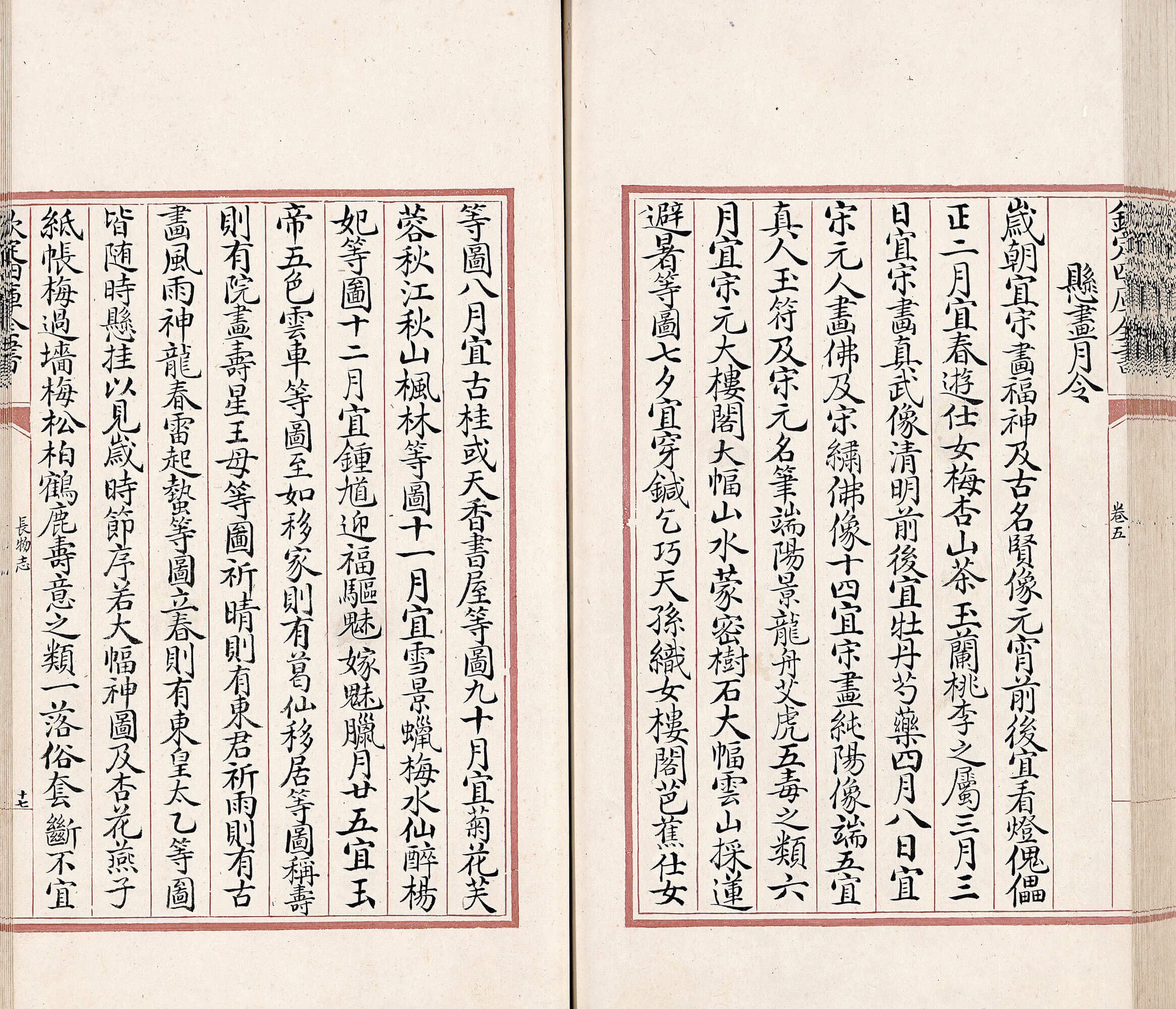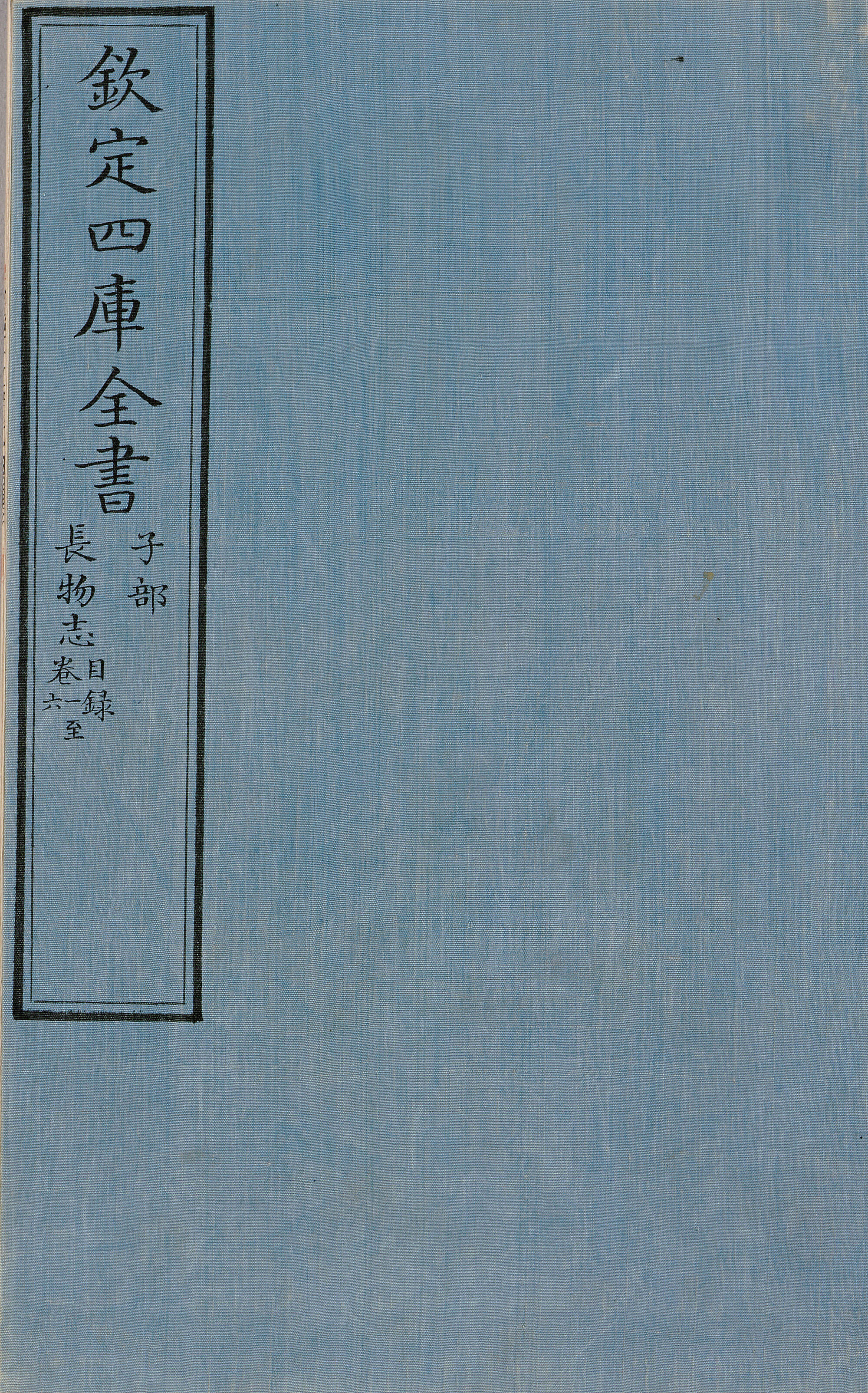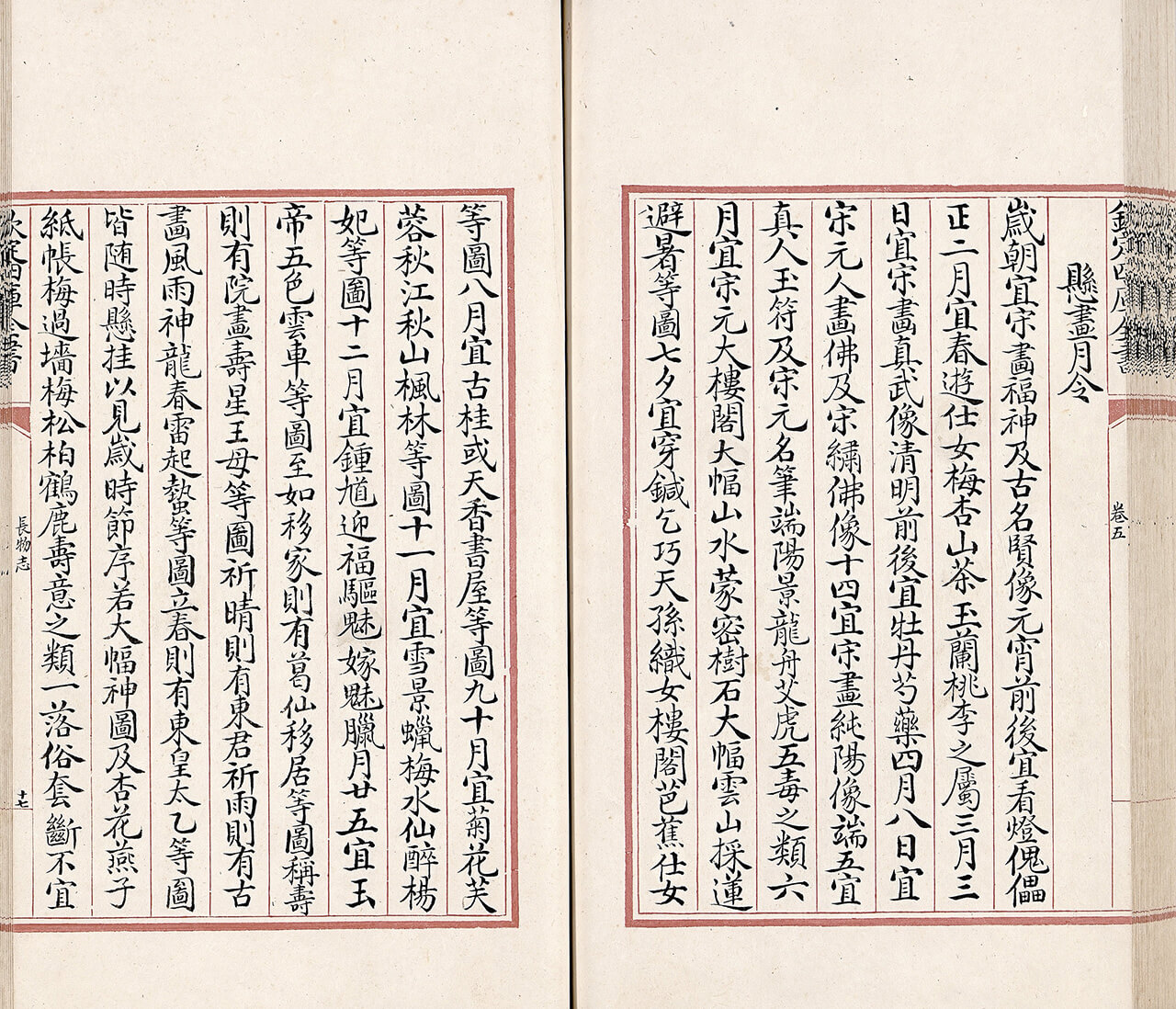Annual Cycles
In adapting to environmental and seasonal changes, the Qing court both followed Han Chinese custom and maintained Manchu-Mongolian traditions throughout the year, expressing their sense of time through poetry, painting, and calligraphy that featured seasonal flowers, birds, and customs. The Qing understanding of time took distinct forms across the four seasons, twelve lunar months, twenty-four solar terms, and seventy-two pentads.
- Famille-rose hexagonal brush holder with birds and flowers
- Jiaqing period (1796–1820), Qing dynasty
Seasonal flowers on the different faces of this pale green hexagonal brush holder portray the cycles of nature: in spring, peonies, tree peonies and Chinese roses; in summer, lotuses; in autumn, chrysanthemums; and in winter, plum blossoms. Birds such as flycatchers and egrets complement the floral compositions. The base carries a red six-character seal script mark that reads "Made in the Jiaqing reign of the Great Qing".
- Zhangwuzhi (Treatise on Superfluous Things)
- Wen Zhenheng (1586–1645), Ming dynasty
- Manuscript copy from the Siku Quanshu (Wenyuange edition)
- Qianlong reign (1736–1795), Qing Dynasty
Drawing from the classical maxim in Shishuo Xinyu "own nothing superfluous", Wen Zhenheng (1585–1645) wrote his Treatise on Superfluous Things in the early 17th century. The work detailed his insights into fine arts, cuisine, clothing, tools, and landscape design. His "Monthly Guidelines for Hanging Paintings" prescribed how interior spaces should display artworks to match the character of each month, from seasonal landscapes to cultural activities.
